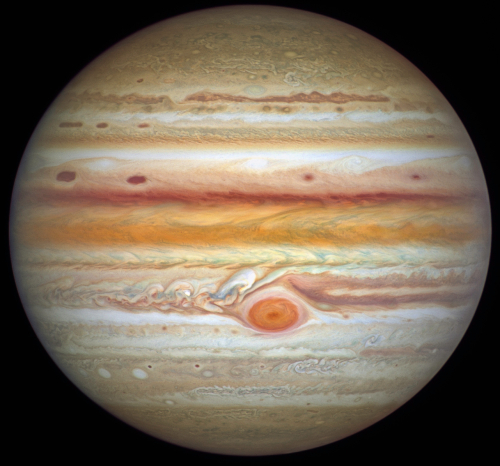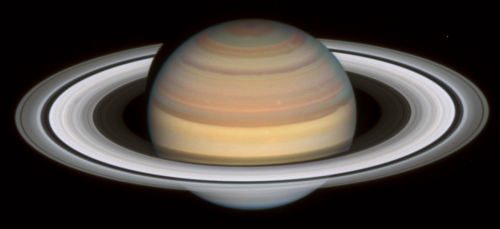NASA postpones ISS spacewalk due to debris from Russian anti-sat test
NASA today postponed a planned ISS spacewalk to fix an antenna because of a threat from debris from the Russian anti-sat test.
On Tuesday, about five hours before the astronauts Thomas Marshburn and Kayla Barron were due to venture outside the space station, Nasa said on Twitter that the spacewalk to fix a failed antenna had been cancelled. “NASA received a debris notification for the space station. Due to the lack of opportunity to properly assess the risk it could pose to the astronauts, teams have decided to delay the 30 November spacewalk until more information is available,” it tweeted.
This problem is only going to get worse. The Russians did something with that anti-satellite test that was either so stupid as to defy logic, or intentional in the worst sort of way. Russia’s actions actually suggest the Putin administration wanted to sabotage ISS.
NASA today postponed a planned ISS spacewalk to fix an antenna because of a threat from debris from the Russian anti-sat test.
On Tuesday, about five hours before the astronauts Thomas Marshburn and Kayla Barron were due to venture outside the space station, Nasa said on Twitter that the spacewalk to fix a failed antenna had been cancelled. “NASA received a debris notification for the space station. Due to the lack of opportunity to properly assess the risk it could pose to the astronauts, teams have decided to delay the 30 November spacewalk until more information is available,” it tweeted.
This problem is only going to get worse. The Russians did something with that anti-satellite test that was either so stupid as to defy logic, or intentional in the worst sort of way. Russia’s actions actually suggest the Putin administration wanted to sabotage ISS.





